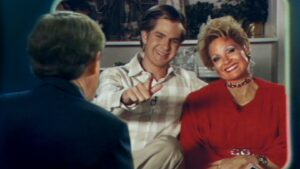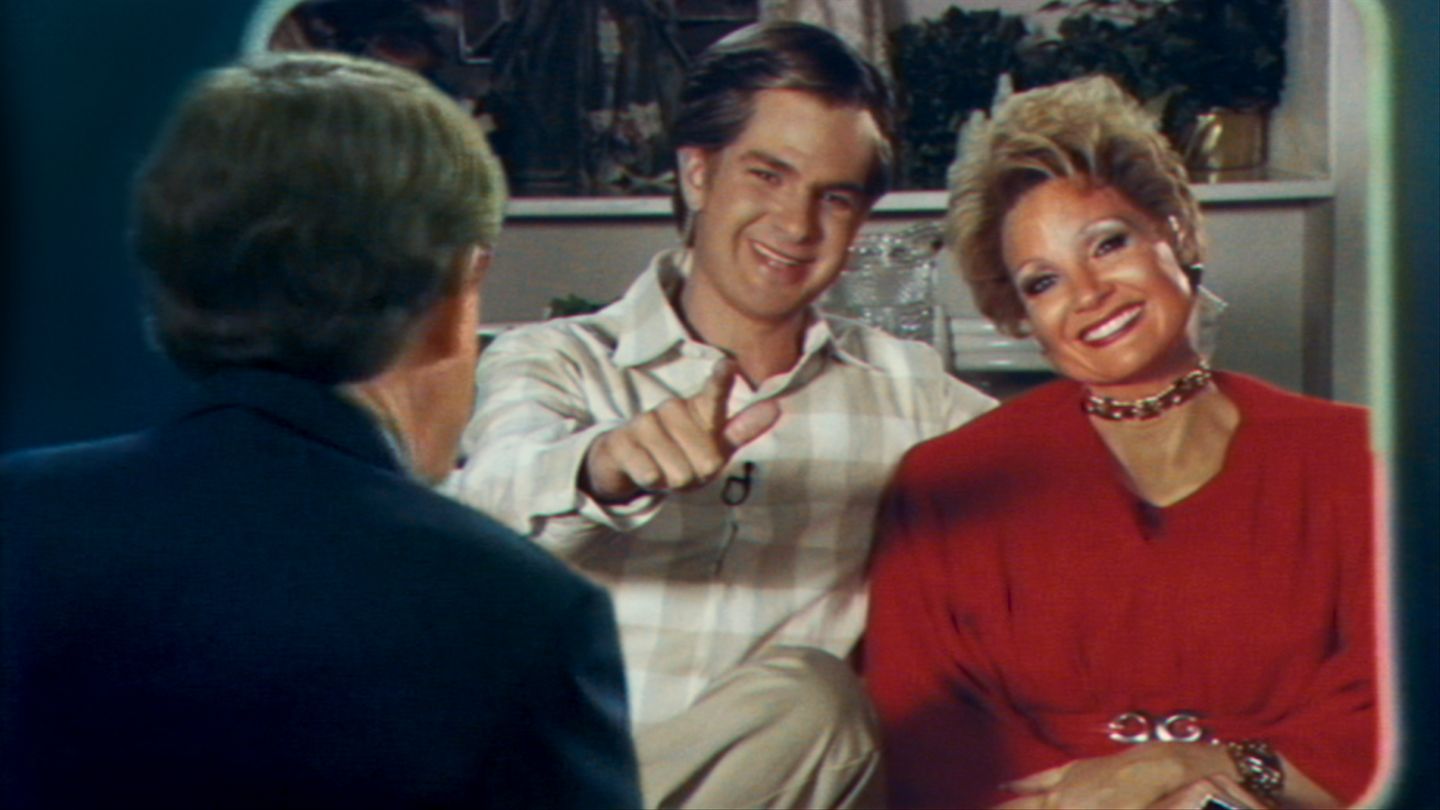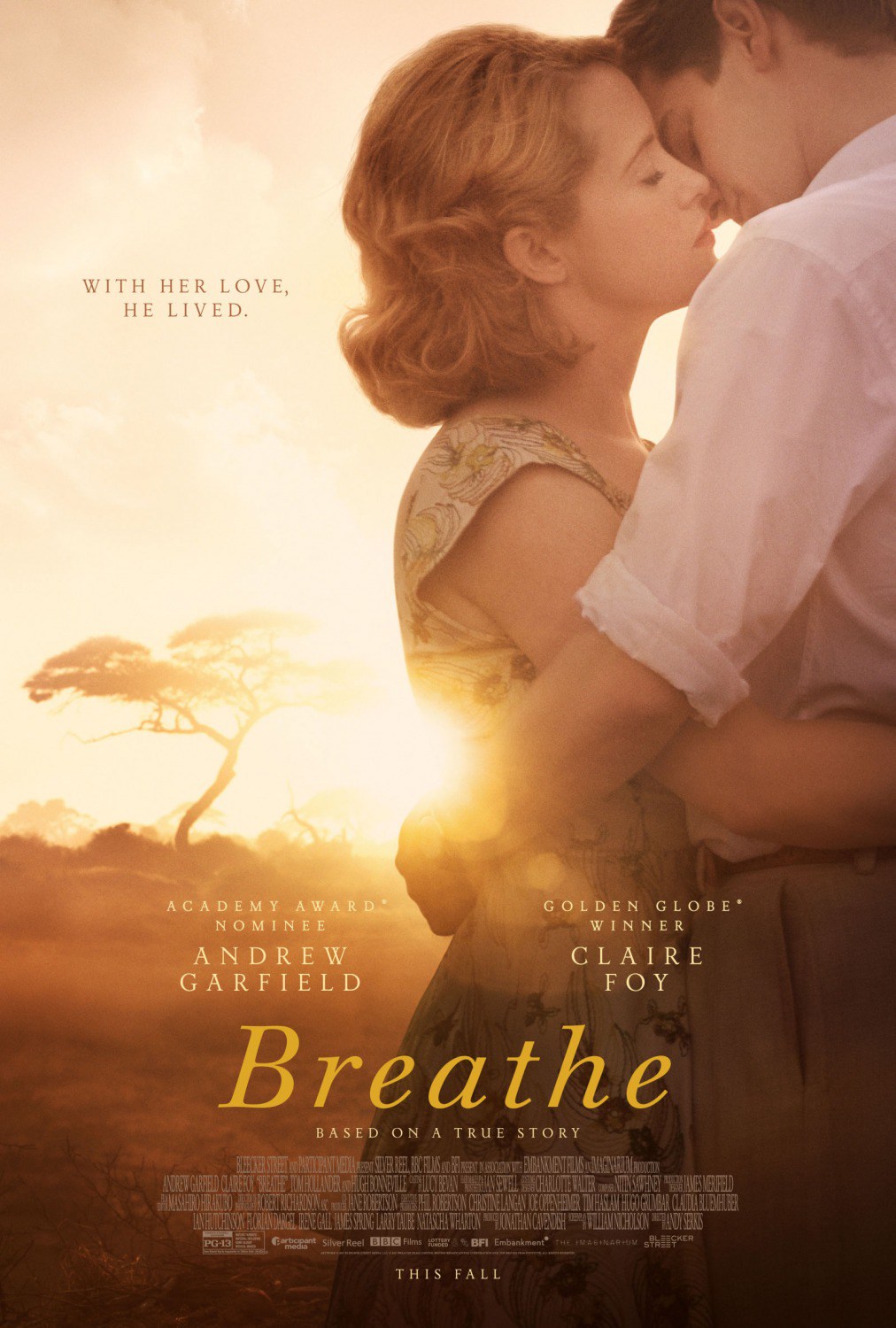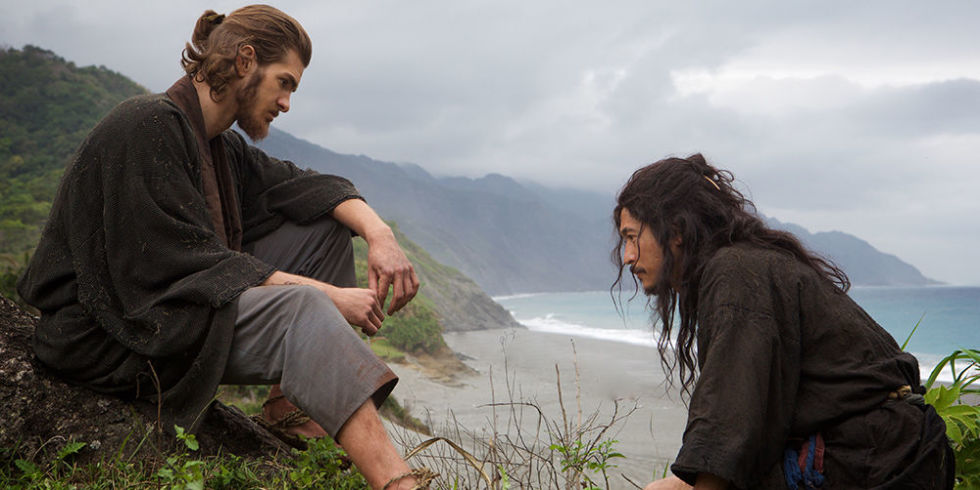The Eyes of Tammy Faye
Posted on September 16, 2021 at 5:51 pm
B +| Lowest Recommended Age: | Mature High Schooler |
| MPAA Rating: | Rated PG-13 for sexual content and drug abuse |
| Profanity: | Mild language |
| Alcohol/ Drugs: | Alcohol and prescription drugs |
| Violence/ Scariness: | Corruption, abuse, angry confrontations |
| Diversity Issues: | A theme of the movie |
| Date Released to Theaters: | September 17, 2021 |

Bakker and her husband Jim (played by Andrew Garfield) were huge in the 80s, first as hosts of the wildly successful PTL (Praise the Lord) channel, with Christian-themed children’s shows, talk shows, and variety shows. In today’s terms, they were influencers. They had millions of fans. And they had millions of people who made fun of them for being grotesque. Especially after they were in disgrace for financial fraud and sexual abuse. Jim Bakker was accused of having non-consensual sex and using $200,000 of PTL’s money to pay her off to stay silent. This led to an investigation which found him guilty of using the viewer’s charitable contributions for his lavish home and other personal expenses. He was found guilty of 24 counts of fraud and served eight years in prison.
2021 seems to be a moment for re-considering the lives of women reduced to national punchlines during scandals in the 80s-00s. “American Crime Story” is co-produced by Monica Lewinsky. Both she and Linda Tripp, the woman who betrayed Lewinsky’s confidences by recording their calls, are given a sympathetic treatment. Britney Spears’ efforts to end the conservatorship that gives her father control over her financial, medical, and professional life has led to a re-evaluation of the derisive jokes about her erratic behavior. A few years ago, we had “I, Tonya,” with a more layered look at skater Tonya Harding. And now Tammy Faye Bakker, portrayed in the media as a silly, helium-voiced nitwit with clownish make-up, is at the center of a story that portrays her as a vulnerable, sometimes struggling soul but a true believer who wanted to bring joy and spread the message of God’s eternal love.
In one key scene, despite the strong anti-gay beliefs of the other televangelists and the frantic fear of the early AIDS era, Tammy Faye insist on interviewing a gay preacher who is HIV-positive. Their conversation is heart-felt and warm. She interviews him remotely because he cannot travel, but she says she wishes she could put her arms around him.
Tammy Faye died in 2007. In her lifetime, she was dismissed as foolish at best, corrupt and hypocritical at worst. She was caricatured on “Saturday Night Live” and thought of as a real-life caricature. But millions of people loved her because she was utterly sincere and genuinely uplifted by her faith and the music it inspired. Chastain makes that side of Tammy Faye clear, as well as the growing disconnect between what she wanted the world to be and what it was. As we see at the beginning, she was shunned from her mother’s ultra-strict church as a child because her parents were divorced. She never lost the sense of looking through the window from the outside, wanting to be accepted. She found that with God, not so much with people. But as we see here, she always tried to be that for everyone else. Chastain and Garfield show us all of the excesses and follies of the Bakkers, but never let us see them as anything less than human, vulnerable, and yes, worthy of love.
Parents should know that this film includes substance abuse, sexual references and situations, anti-gay comments, and corruption, with strong language and some mild violence.
Family discussion: How do the characters’ ideas about the meaning of their faith differ? What mattered most to Tammy Faye Bakker?
If you like this, try: the documentary of the same name





